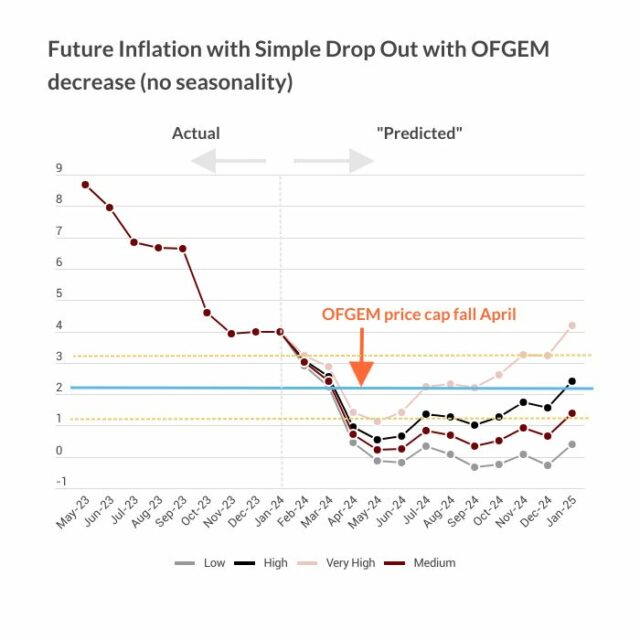- Home
- Publications
- Time Series Modelling Of Epidemics: Leading Indicators, Control Groups And Policy Assessment
Time series modelling of epidemics: Leading indicators, control groups and policy assessment
Sign in to Access Pub. Date
Pub. Date
 Pub. Type
Pub. Type
Downloads
This content is restricted to corporate members, NiGEM subscribers and NIESR partners.
Authors
Related Themes
Macro-Economic Modelling and ForecastingTags
JEL Code
C22; C32
Journal
National Institute Economic Review, Vol. 257
Publisher
Cambridge University Press
External Resources
This article shows how new time series models can be used to track the progress of an epidemic, forecast key variables and evaluate the effects of policies. The univariate framework of Harvey and Kattuman (2020, Harvard Data Science Review, Special Issue 1—COVID-19, https://hdsr.mitpress.mit.edu/pub/ozgjx0yn) is extended to model the relationship between two or more series and the role of common trends is discussed. Data on daily deaths from COVID-19 in Italy and the UK provides an example of leading indicators when there is a balanced growth. When growth is not balanced, the model can be extended by including a non-stationary component in one of the series. The viability of this model is investigated by examining the relationship between new cases and deaths in the Florida second wave of summer 2020. The balanced growth framework is then used as the basis for policy evaluation by showing how some variables can serve as control groups for a target variable. This approach is used to investigate the consequences of Sweden’s soft lockdown coronavirus policy in the spring of 2020.
Related Blog Posts



What is the Current State of the UK Economy?
Paula Bejarano Carbo
Stephen Millard
26 Feb 2024
7 min read

Related Projects
Related News


Why it’s not worth worrying that the UK has technically entered a recession
26 Feb 2024
4 min read

1.2 million UK Households Insolvent This Year as a Direct Result of Higher Mortgage Repayments
22 Jun 2023
2 min read

The Key Steps to Ensuring Normal Service is Quickly Resumed in the Economy
13 Feb 2023
4 min read
Related Publications
Recessionary Pressures Receding in the Rearview Mirror as UK Economy Gains Momentum
12 Apr 2024
GDP Trackers
Related events

Summer 2023 Economic Forum

Spring 2023 Economic Forum

Winter 2023 Economic Forum

Autumn 2022 Economic Forum

Summer 2022 Economic Forum

Spring 2022 Economic Forum

Winter 2022 Economic Forum

Autumn 2021 Economic Forum






